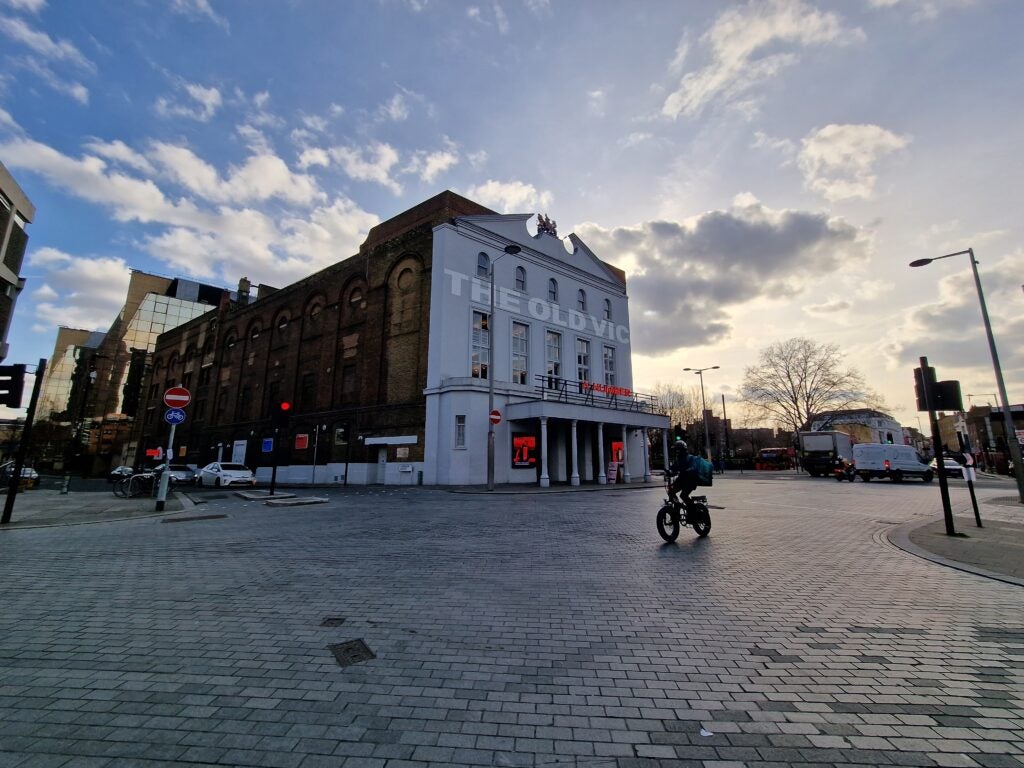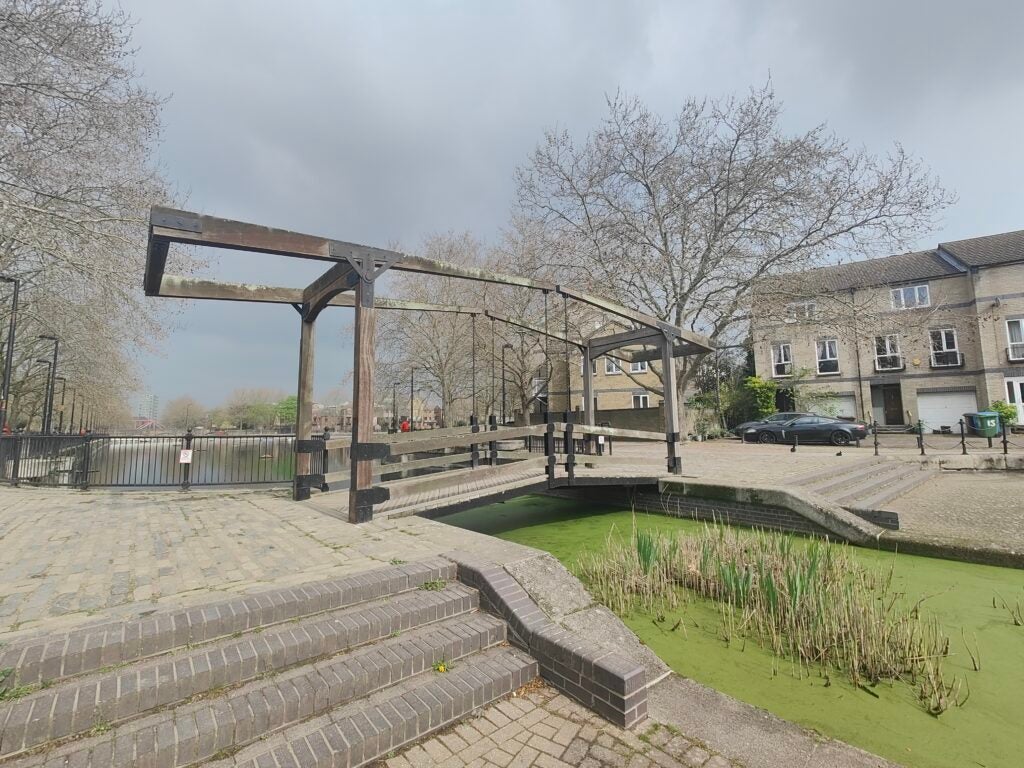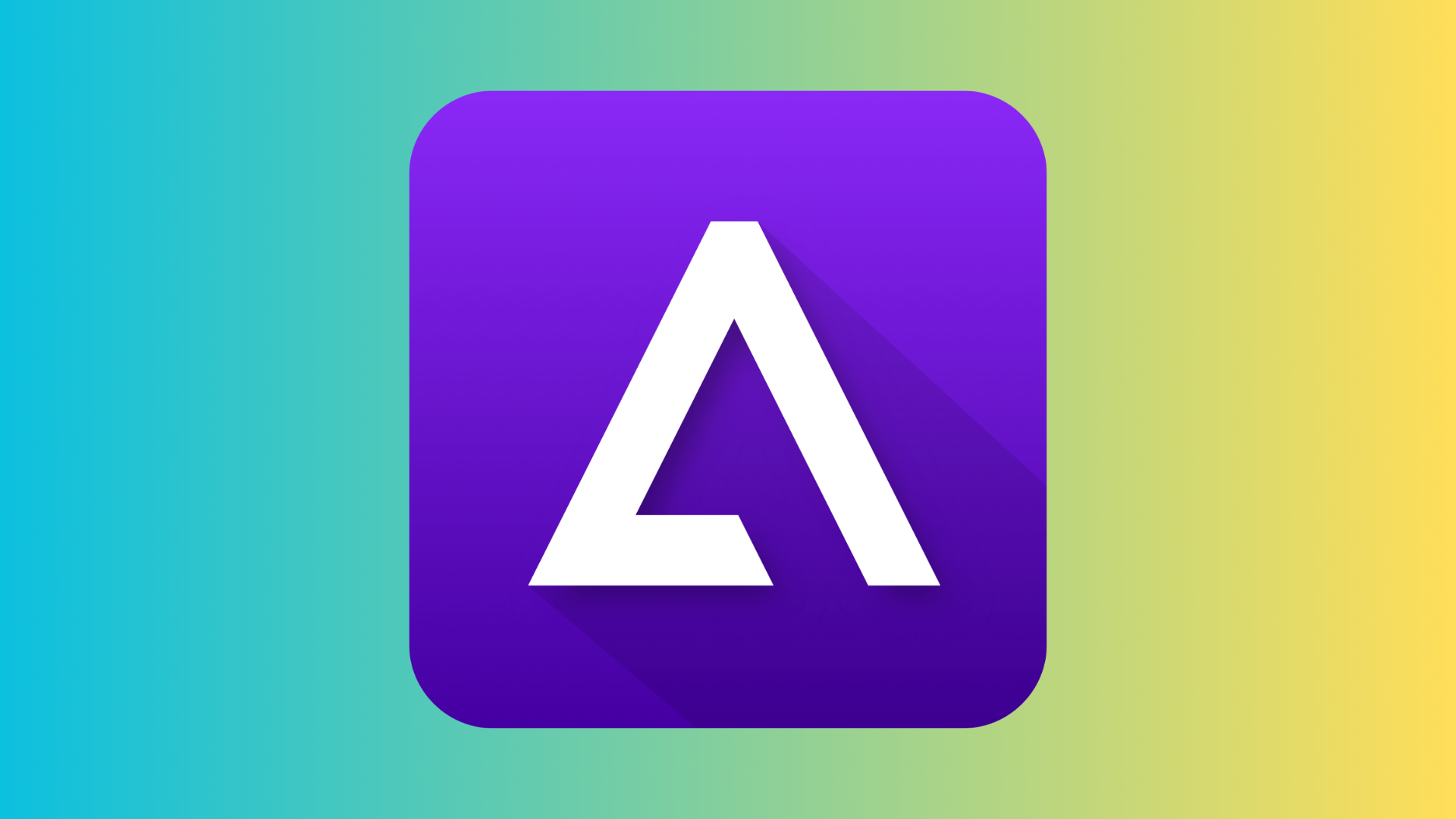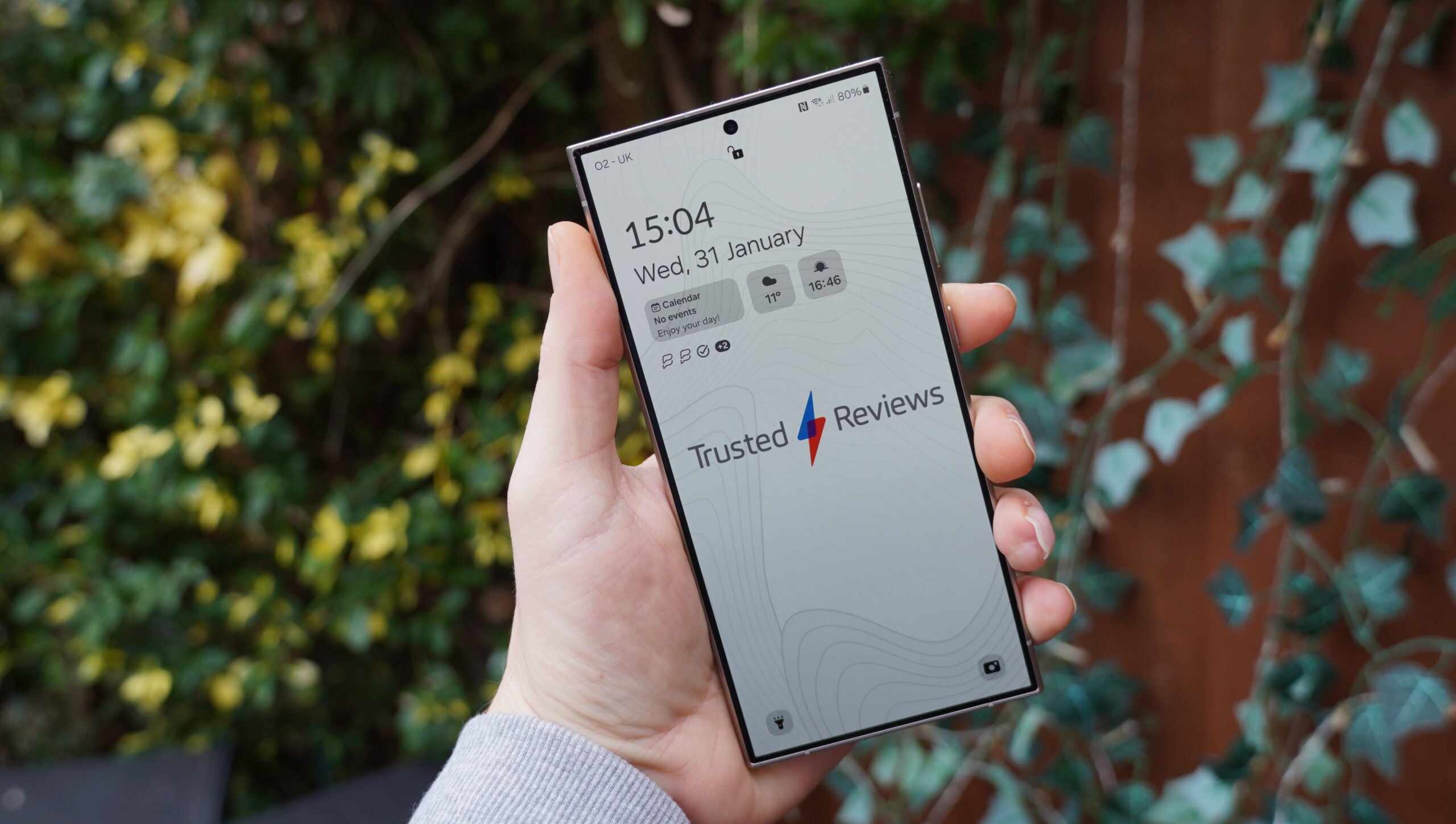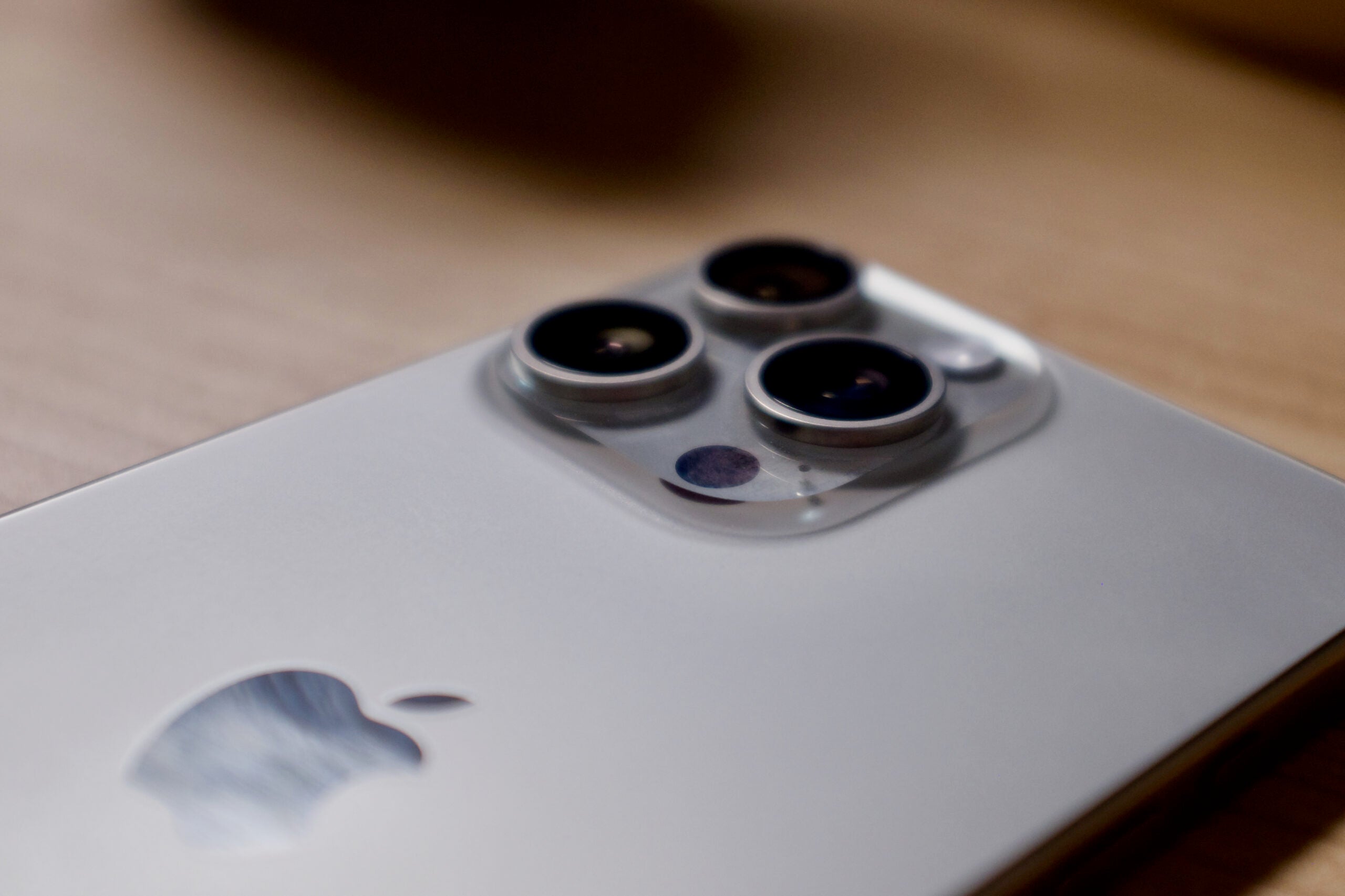What is an ultrawide lens?
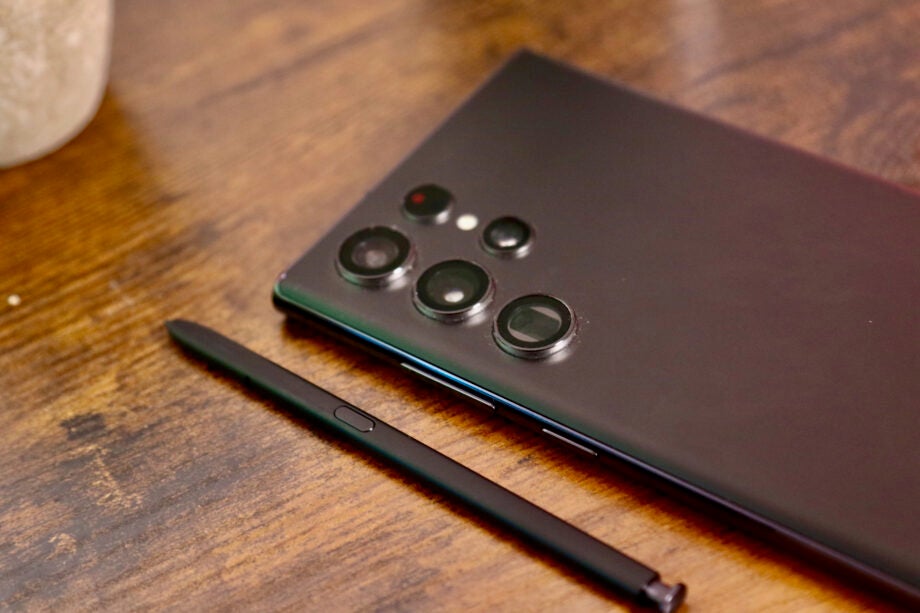
You might have heard a camera lens being described as ultrawide, but what does that mean when it comes to taking photos? This article explains what you need to know.
When you’re choosing a new phone, one of the lenses on the camera system may well be labelled as an ultrawide, while others may include a wide lens, a telephoto or a macro depth sensor. So what does ultrawide actually mean?
An ultrawide lens is one that appears to have a wider view than a standard wide-angle lens, an effect which occurs due to a shorter focal length (i.e., the point at which the lens converges light). The shorter that this focal length is, the longer the field of view through your lens, meaning the amount of the world that you can see at any one time. Field of View is measured in degrees, and the ultrawide cameras on smartphones often deliver around 120-degree FOV, which is close to that of the human eye (approximately 135-degrees horizontally).
For example, take a look at the two pictures below. Both are taken from the exact same position and with the exact same phone, the Xiaomi 12 Pro, but the first was taken by the main wide angle camera, and the second was taken by the ultrawide lens.
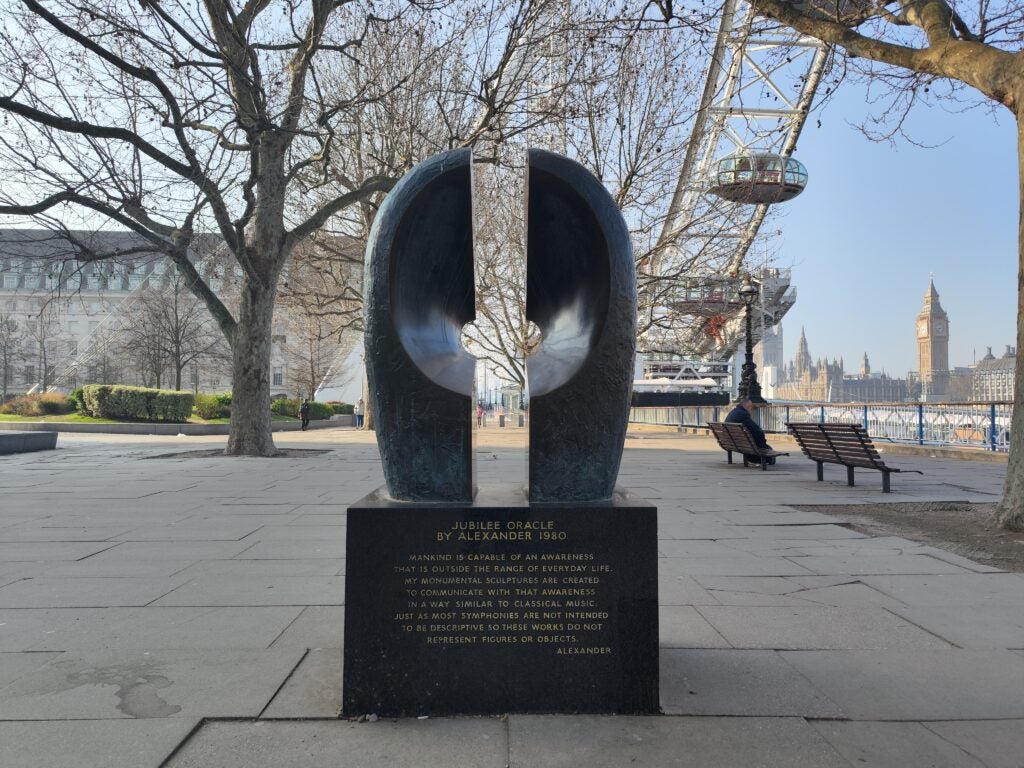
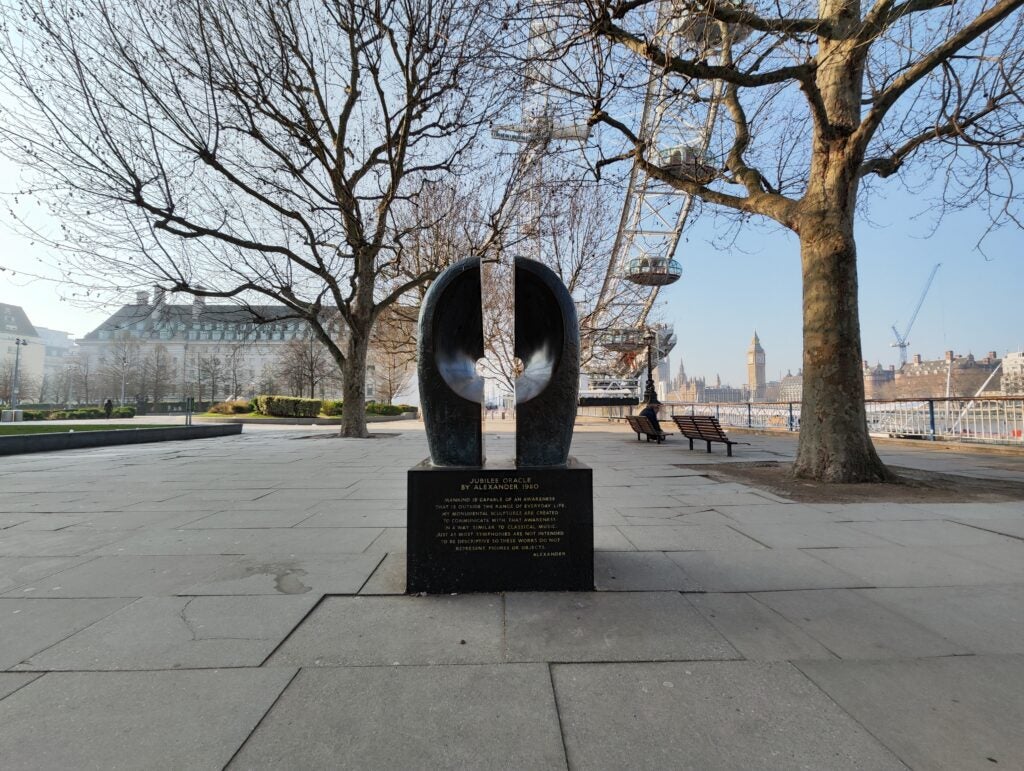
What are the advantages of an ultrawide lens?
The upside to a lens like this is that you can fit more into your frame; so for instance, if you wanted to show off a large vista or even to capture the entirety of a large object that is close to you then this lens is better suited for the task than a standard wide angle lens would be.
If the ultrawide lens has a fisheye effect, where so much is squeezed into the frame that it becomes distorted away from the centre, then you might appreciate the unusual appearance of such photos, which can give a fresh or even unnerving perspective.
What are the disadvantages of an ultrawide lens?
On the other hand, you may find the potential distortion of an ultrawide lens to be irritating if it does not accurately capture the proportions of objects as you can see them with your eyes.
What’s more, the ultrawide lens is often of lower quality than the main wide-angle lens on a smartphone, and it sometimes has a different colour palette to the other lenses, which means that your shots won’t look uniform even if taken from the same point and under the same conditions.
How can I use an ultrawide lens?
First of all, not all smartphones do have an ultrawide lens – but if your phone has multiple lenses on its camera module, then one of these may possibly be an ultrawide. If an ultrawide lens is a priority for you, then remember to read our reviews to make sure that a phone has got a good quality ultrawide camera before you buy. Our best camera phone round up details some of the top performing handsets with an ultrawide we’ve tested recently.
When you’re taking photos on your phone, you’re likely to see a selection of lenses to choose from when the camera app is open. For instance, you may see a line of dots at the bottom of the screen, or a graphic depicting trees to denote the possible field of view, and from here you can select which lens to use if there are multiple to choose from.
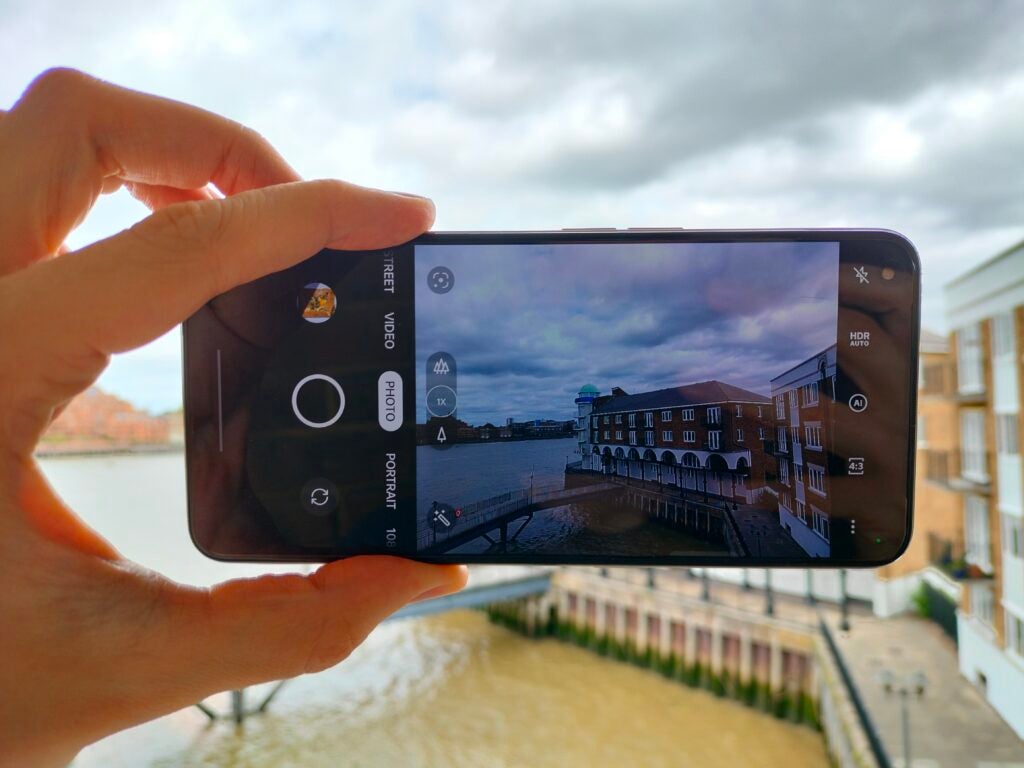
The above picture shows the camera app on the Realme 9. It’s currently using the main wide angle lens, but if you tap the icon on the left of the display, near the shutter button, which shows a clump of three trees, then it will switch to the ultrawide lens for a wider field of view.
Which smartphones have the best ultrawide lenses?
Many cameras use an ultrawide as a secondary lens to the main sensor, and some of the best camera phones offer truly stunning image quality with this lens type. We’d particularly note the iPhone 13 Pro, and the Samsung Galaxy S22 Ultra as being very good performers on this score, but our overall choice for the very best ultrawide camera would have to be the Oppo Find X5 Pro.
On the other hand, some flagship phones which excel in other fields of photography actually let us down a bit when it came to the ultrawide; for example, the Pixel 6 Pro was somewhat underwhelming in this regard.
Below you can take a look at ultrawide shots taken by various devices to compare and contrast for yourself.

